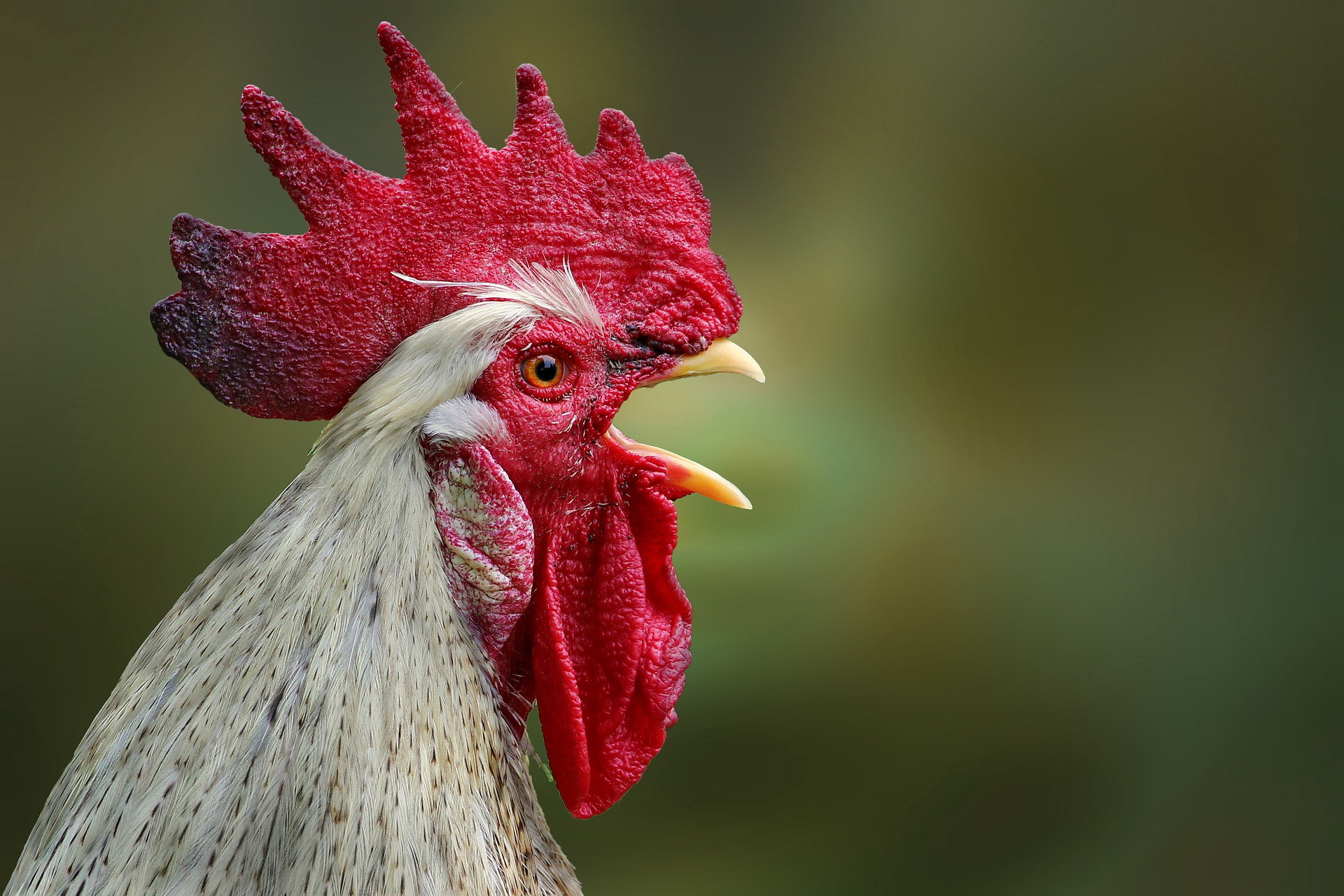Media release
From:
DNA from domesticated chickens is tainting genomes of wild red junglefowl
Estimates suggest the wild birds have inherited 20% to 50% of their genomes from chickens
The red junglefowl – the wild ancestor of the chicken – is losing its genetic diversity by interbreeding with domesticated birds, according to a new study led by Frank Rheindt of the National University of Singapore published January 19 in the journal PLOS Genetics.
Humans domesticated the red junglefowl in tropical Asia somewhere between 3,000 and 10,000 years ago, but wild and domestic birds can still interbreed. This is a concern for red junglefowl conservation, because as wild populations acquire more DNA from chickens, they can lose their genetic diversity, potentially making them less resilient to changes in their environment.
In the new study, researchers contrasted whole genomes from 51 chickens and 63 junglefowl from across the wild bird’s natural range, to find signs of interbreeding. They saw that DNA from domesticated chickens is moving into wild junglefowl, and the scale of that movement has increased over recent decades. By comparing modern wild genomes to genomes of red junglefowl from approximately a century ago, the researchers estimate that the wild birds have inherited 20% to 50% of their genomes from domestic birds, depending on their location. The study also identified eight genes that differed greatly between domestic chickens and their wild ancestors, and which were likely key to developing the chicken as a livestock animal. These genes are involved in development, reproduction and vision.
The results of the study bring to light the ongoing loss of genetic diversity in the wild junglefowl, and the researchers suggest that efforts may be needed to protect its genome. Additionally, wild populations have value for agriculture because they can serve as a reservoir of genetic diversity that researchers can tap into to improve domesticated species – for example, finding genetic variants that make an animal more resistant to a particular disease. Losing that genetic diversity in red junglefowl may hinder scientists’ ability to safeguard one of humanity’s most important food sources.
The authors add: “Genomes of 100 year old birds show that modern wild junglefowl carry on average more domestic DNA than they used to. The wild genotype is an important reservoir of chickens’ genetic diversity and preserving it is critical.”
#####



 Australia; International; VIC
Australia; International; VIC



